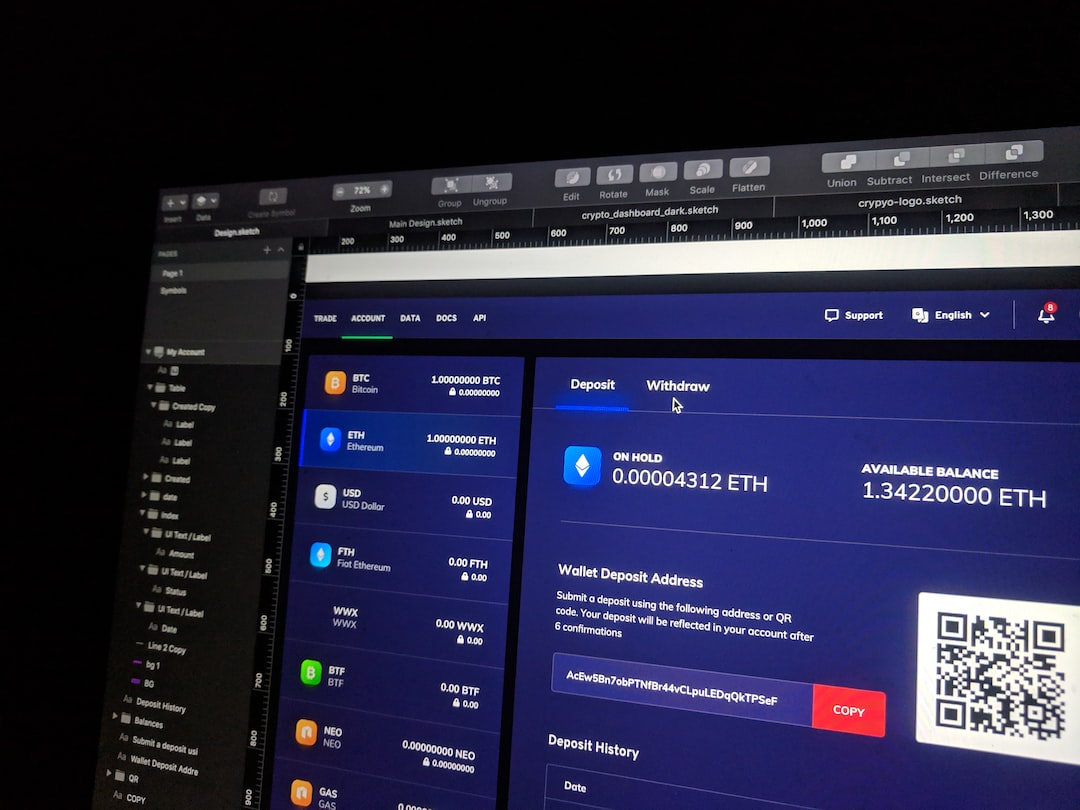The Rise Of Bitcoin: A Macro-Economic Perspective
Bitcoin’s recent surge has caught the attention of crypto enthusiasts and financial experts alike. Despite popular belief that the impending launch of Bitcoin spot exchange-traded funds (ETFs) is the primary cause, a report from QCP Capital suggests that broader macroeconomic factors are driving the rally.
The stability of Bitcoin around the $35,000 mark has played a crucial role in this rise. This stability was achieved after the release of significant job data, which influenced the Federal Reserve’s monetary policy decisions.
Last week’s payroll data brought mixed news – the jobless rate rose to 3.9%, wage growth was softer than expected, and job creation slowed to 150,000 in October. These labor market dynamics have created an interesting dynamic in the broader financial landscape.
Federal Reserve’s Revised Odds
The CME FedWatch tool now indicates a 90.2% probability of the Federal Reserve maintaining its current interest rates in December, a significant shift from the previous 80%. This change is due to a smaller than expected Treasury Q1 supply estimate and a dovish FOMC statement that sent bond yields plummeting, igniting a surge in risk assets.
The Connection Between Jobs And Bitcoin
The link between job market data and Bitcoin may not be immediately apparent but is significant. The Fed’s decision on interest rates has substantial influence on financial markets, including currencies. A stable interest rate environment can encourage investment and be favorable for risk assets like Bitcoin.
Currently, according to CoinGecko, Bitcoin stands at $34,920 with a 24-hour gain of 0.2% and a seven-day rise of 1.9%. The coming weeks will be pivotal as market participants eagerly await the Fed’s next move and the evolving macroeconomic landscape.
Hot Take: The Broader Economic Forces Behind Bitcoin’s Surge
The recent surge in Bitcoin prices is not solely due to impending ETF launches but also driven by macroeconomic factors such as stable interest rates influenced by recent job data and Federal Reserve decisions. While there’s anticipation for further developments, it’s clear that broader economic forces are currently shaping the cryptocurrency landscape.





 By
By
 By
By
 By
By
 By
By

 By
By